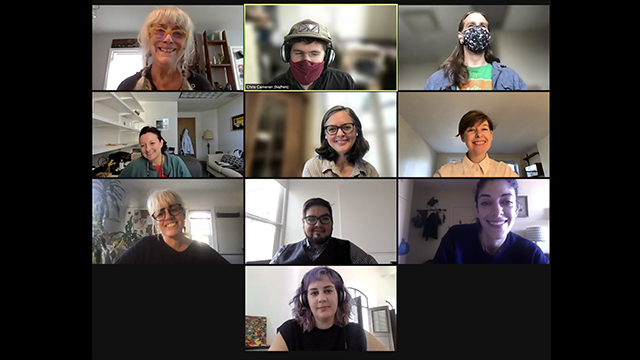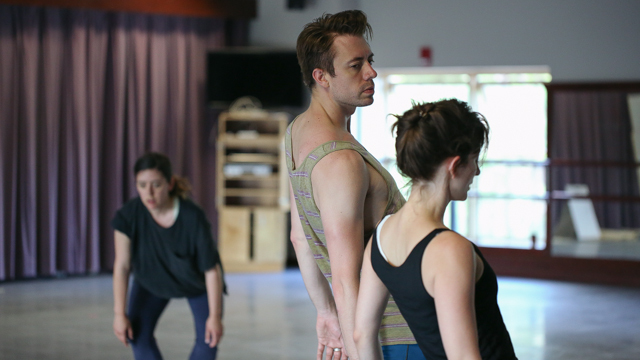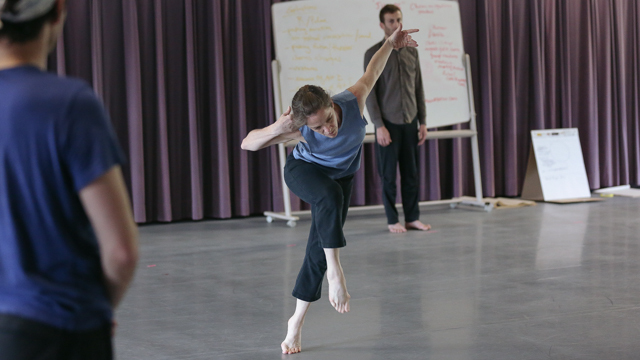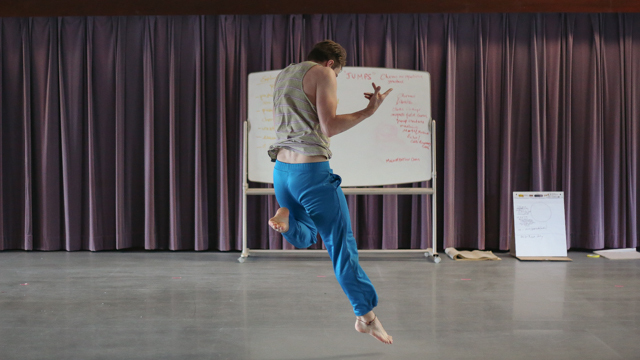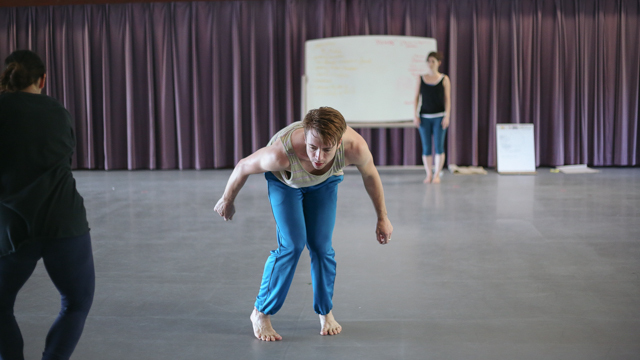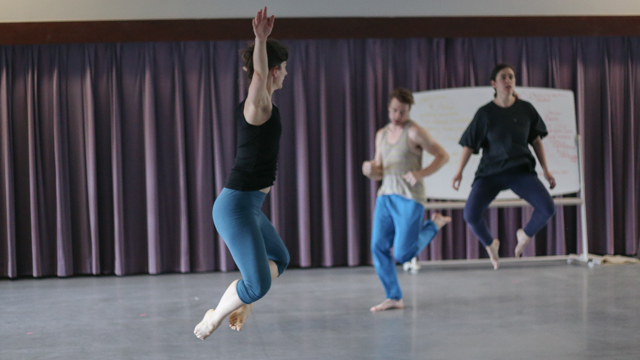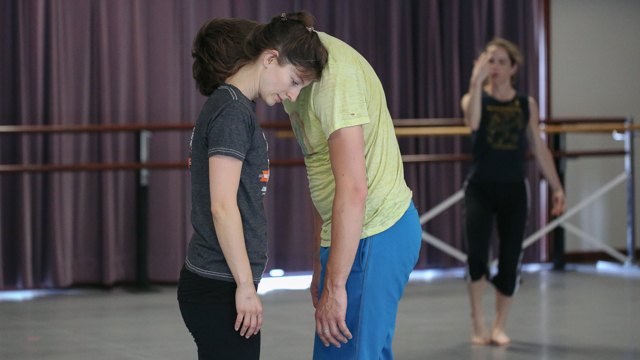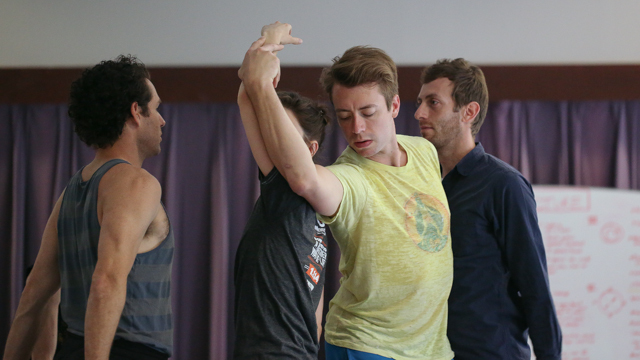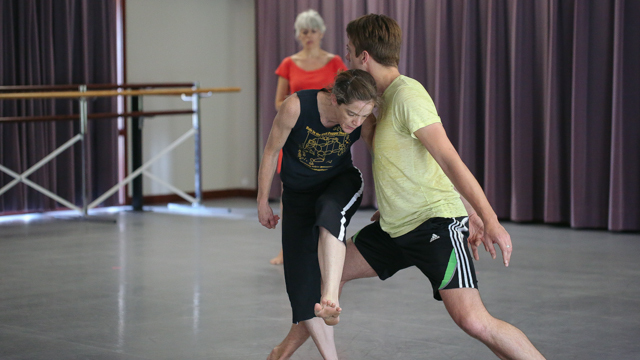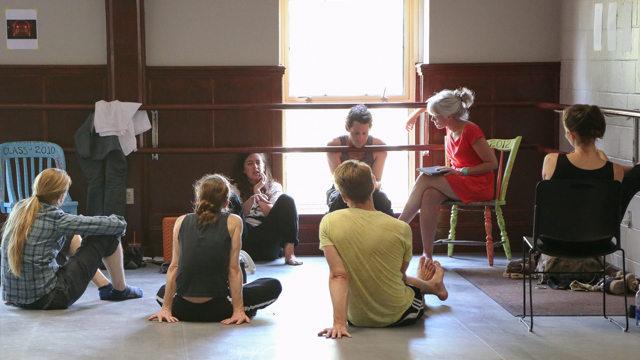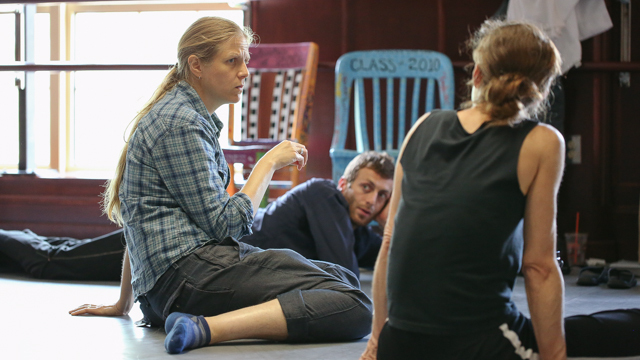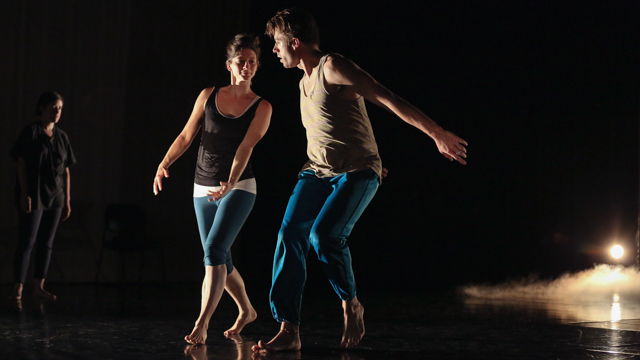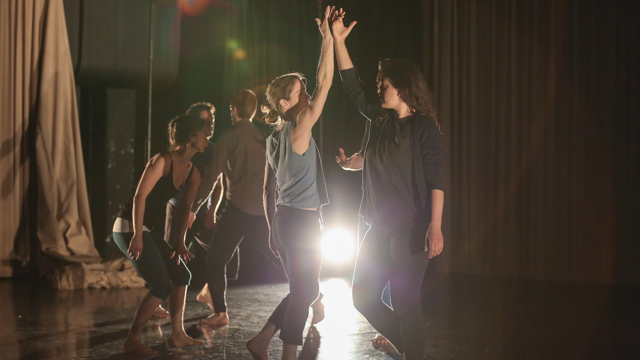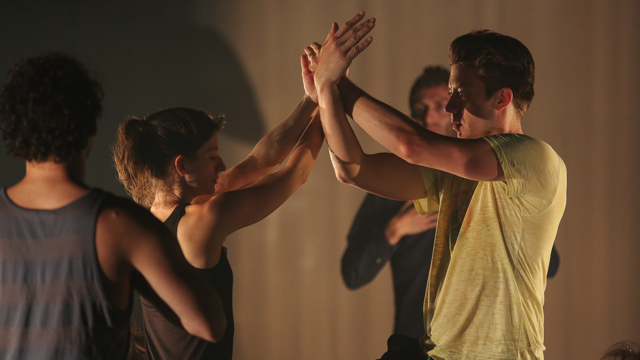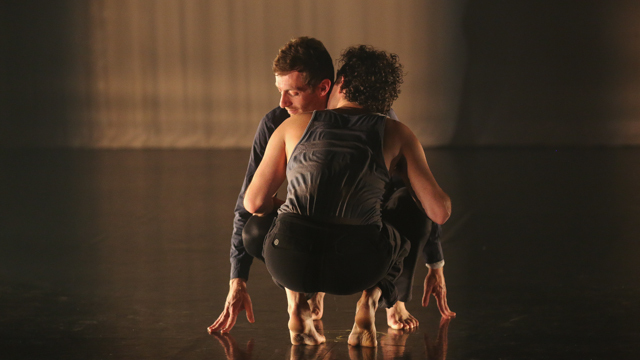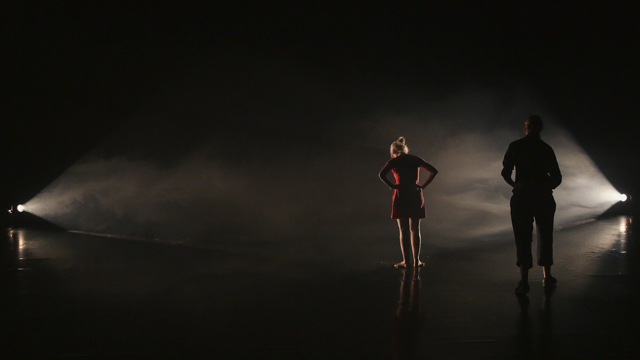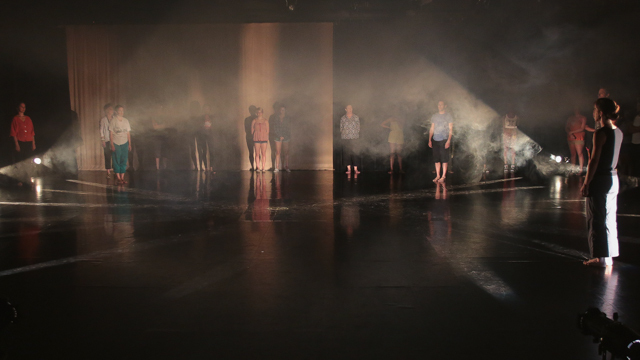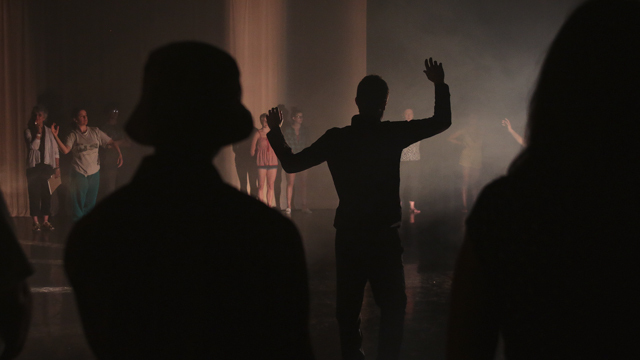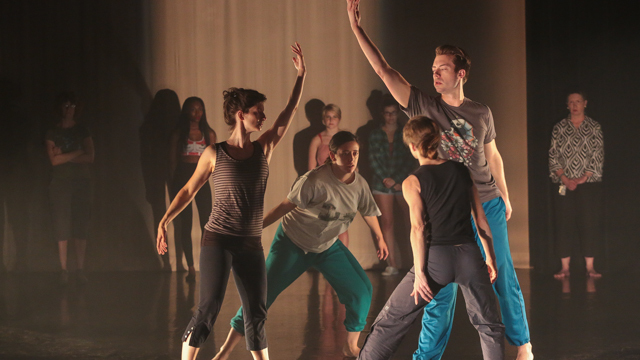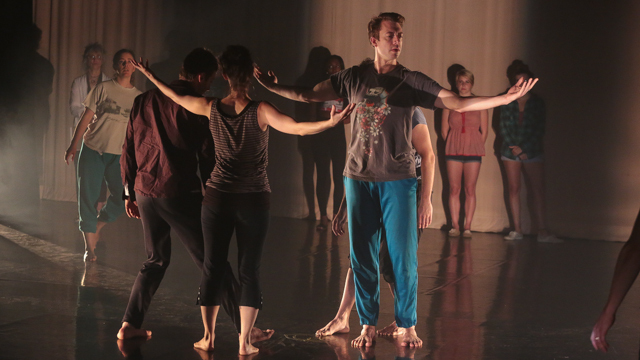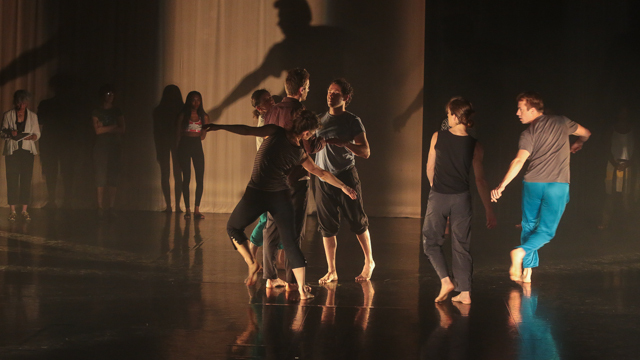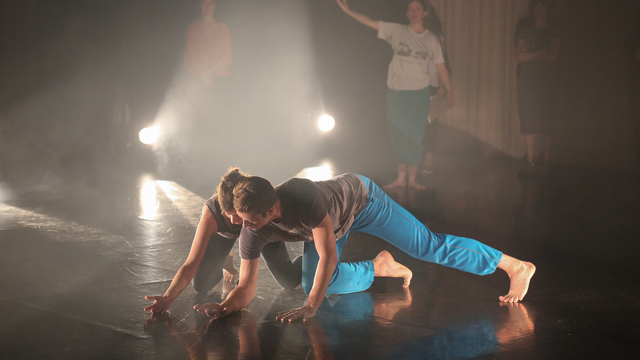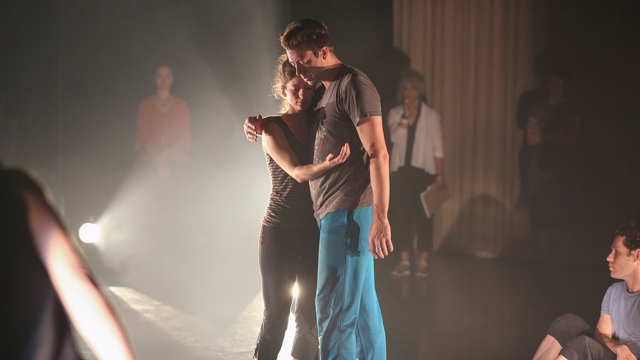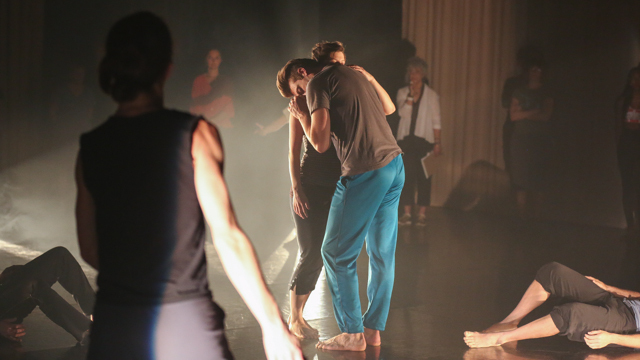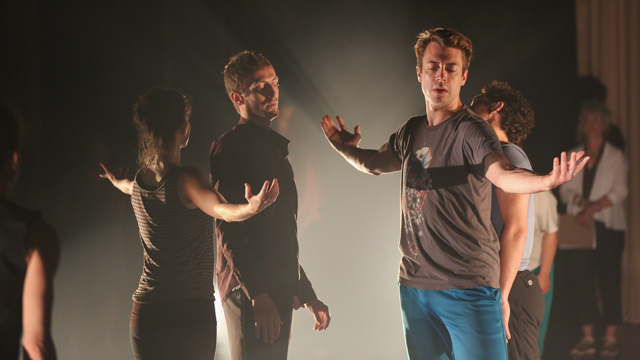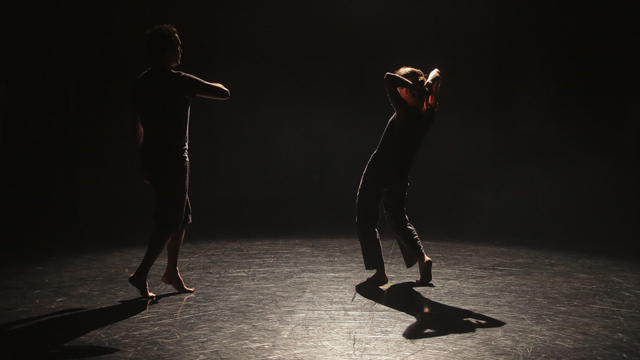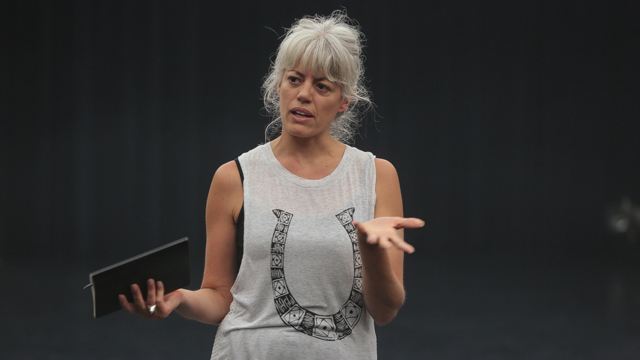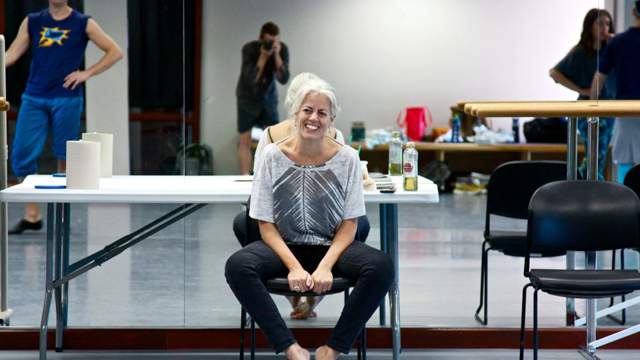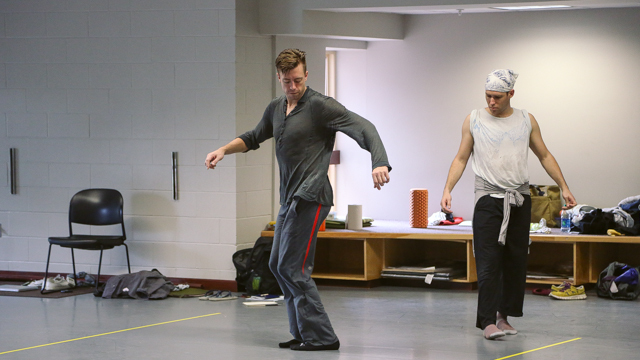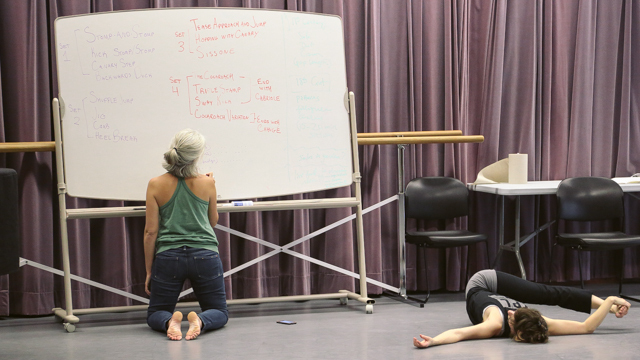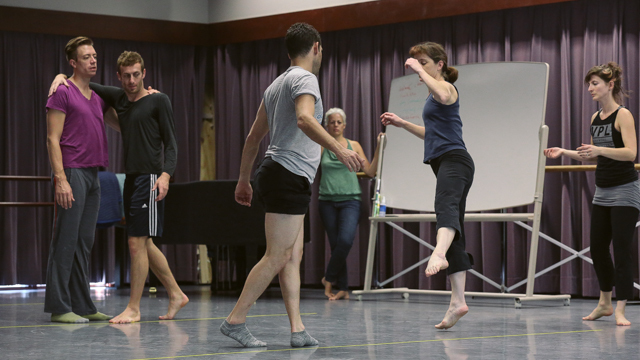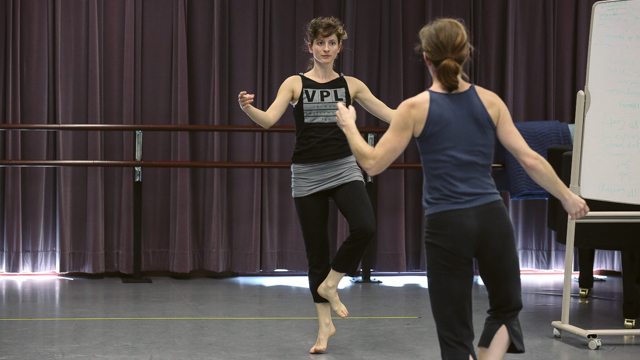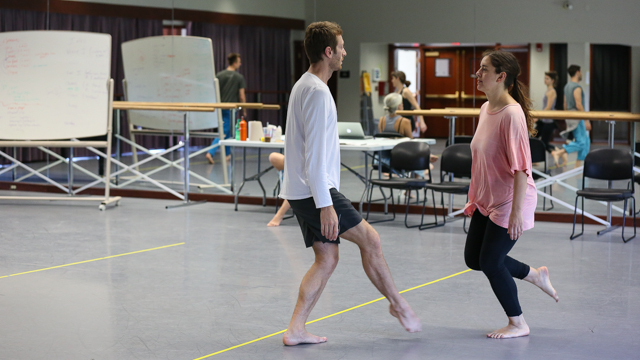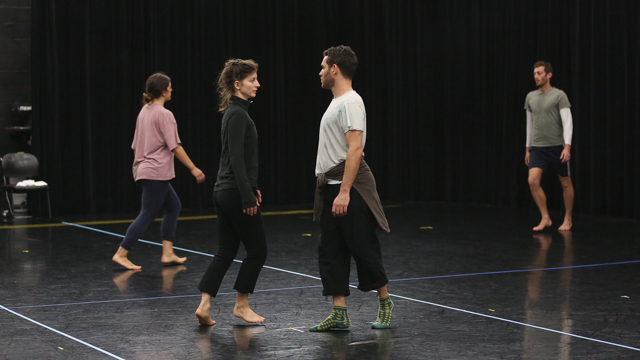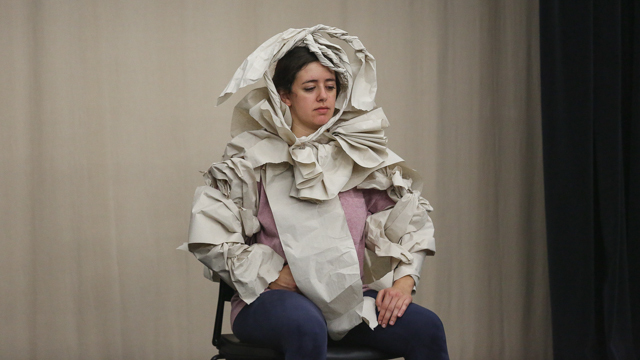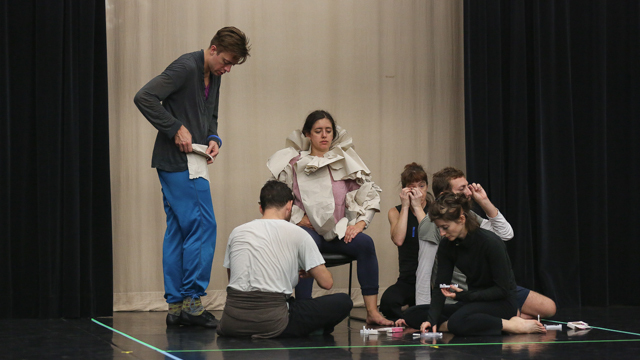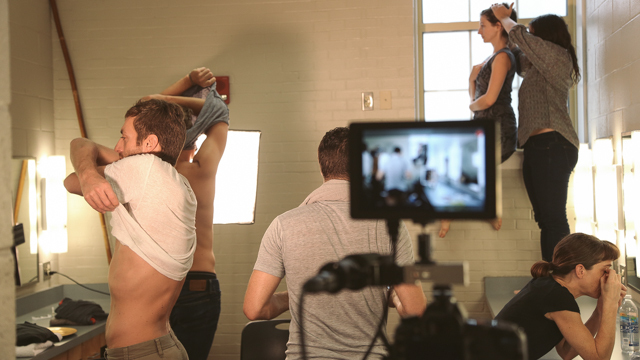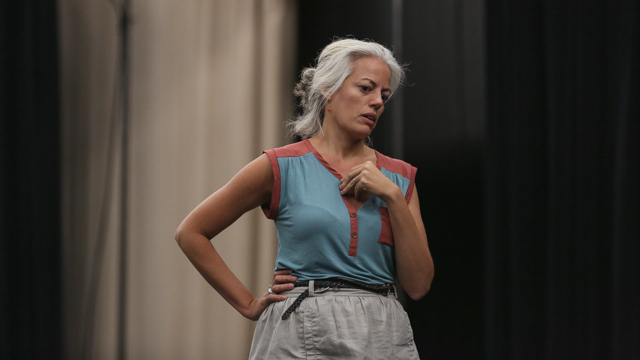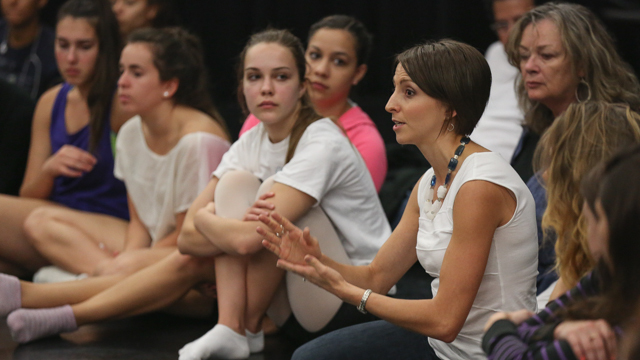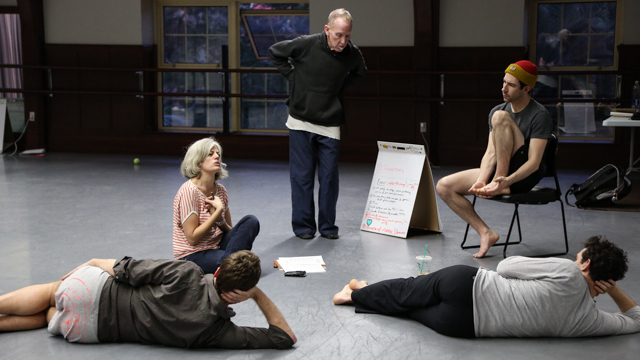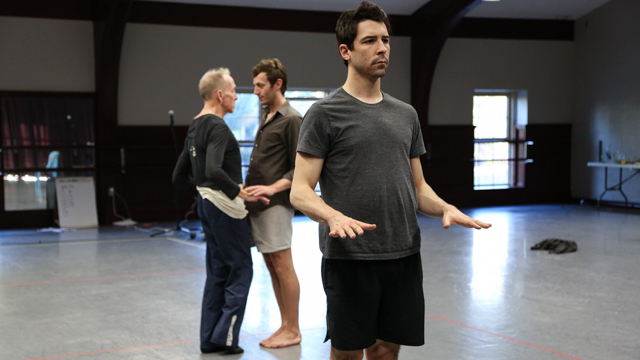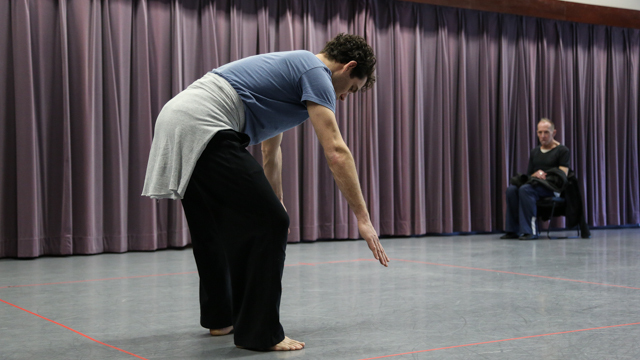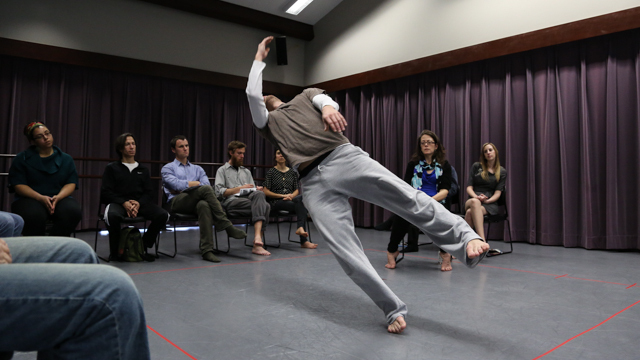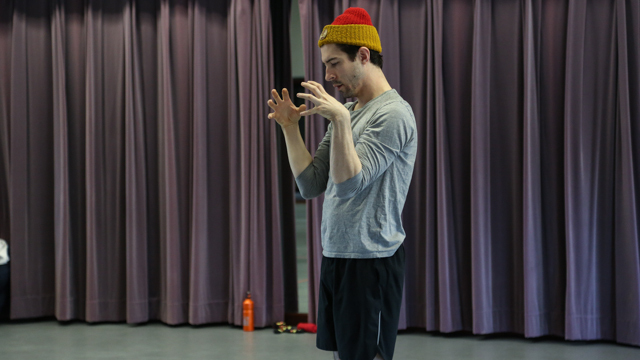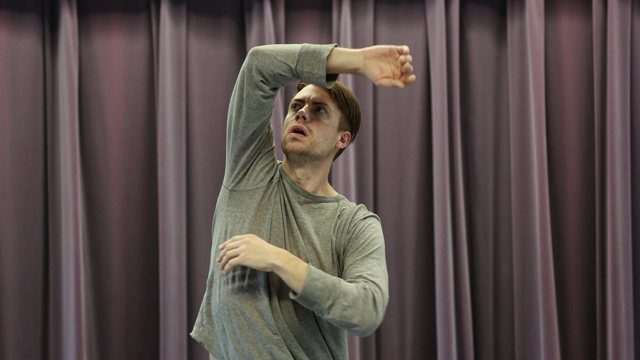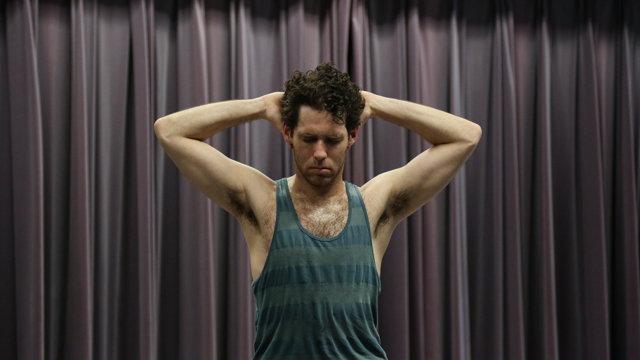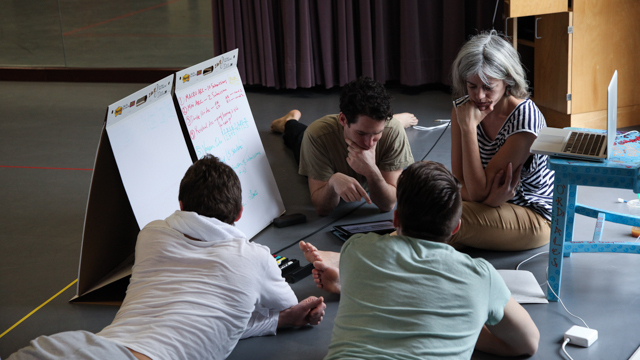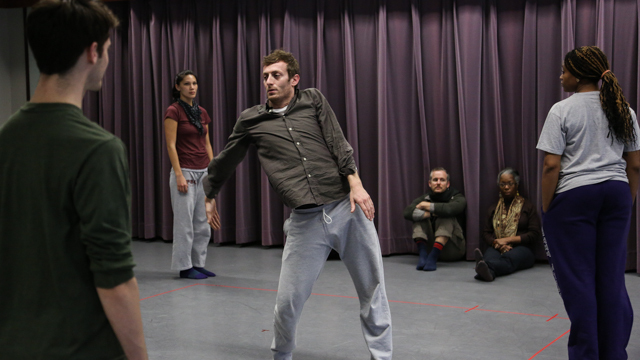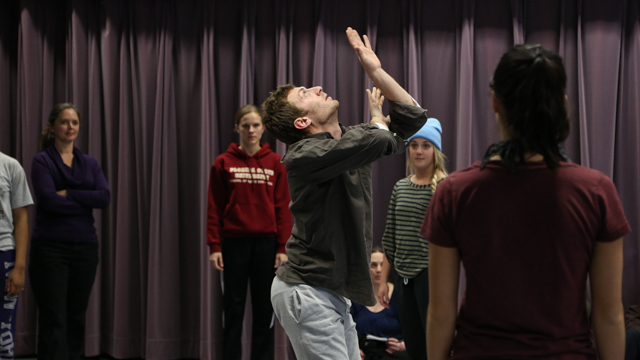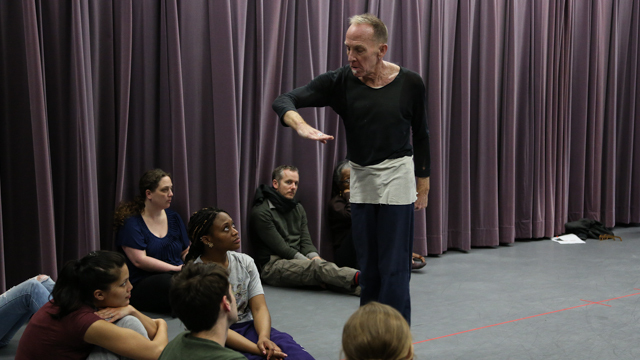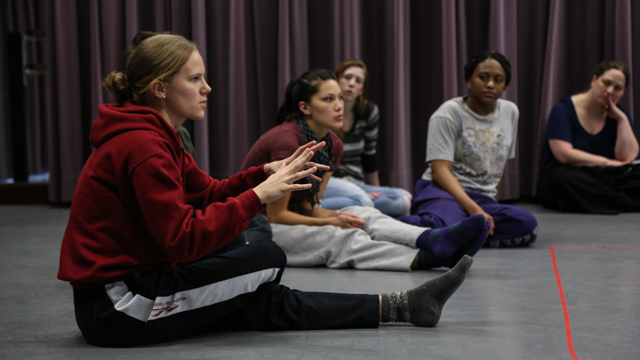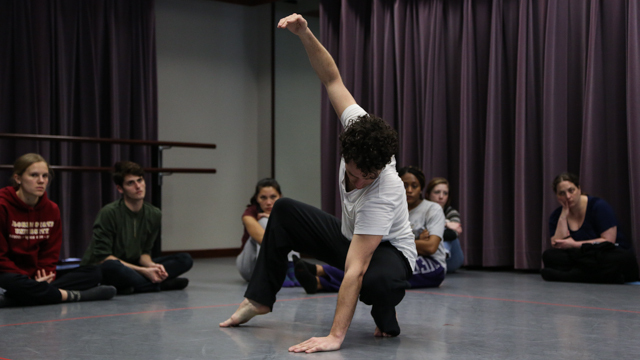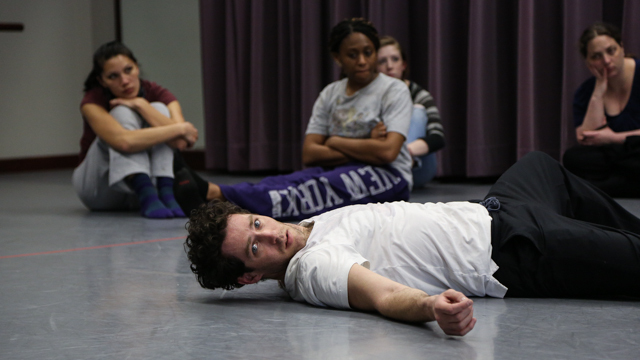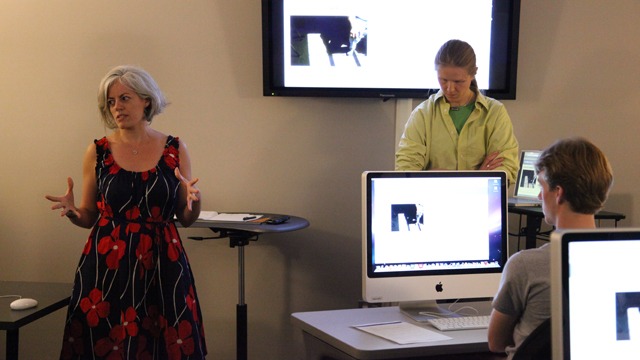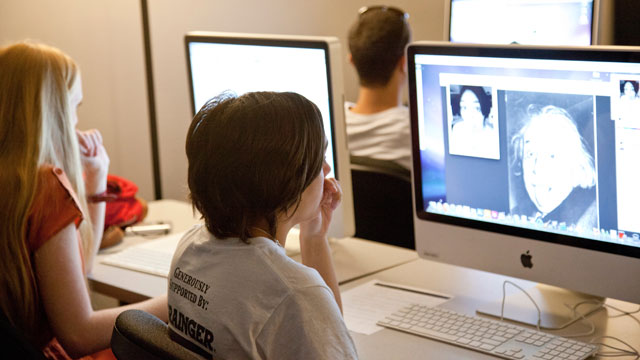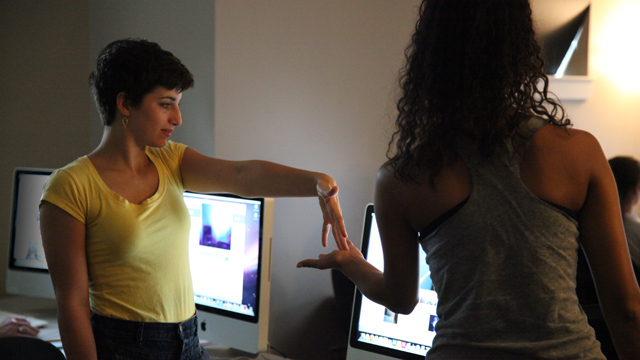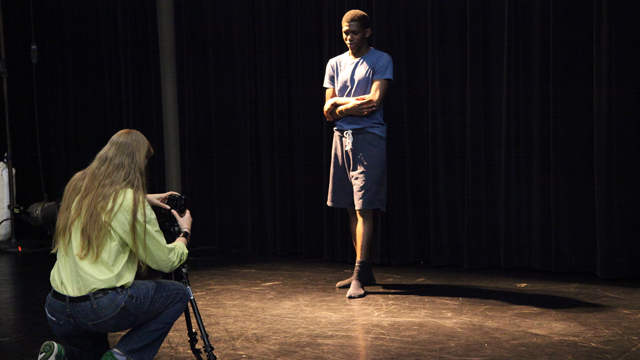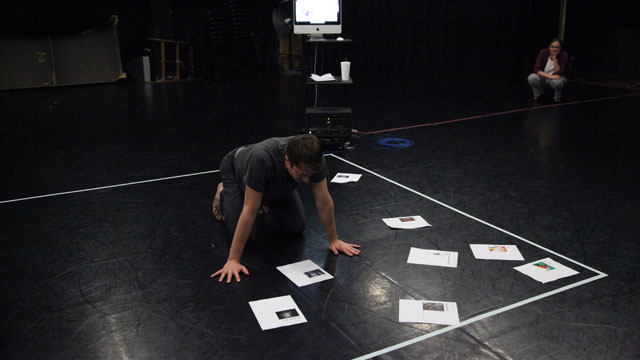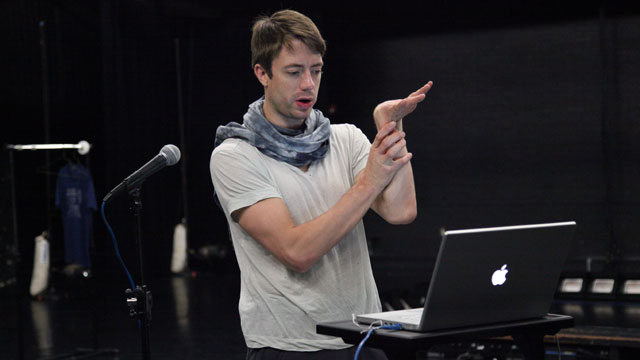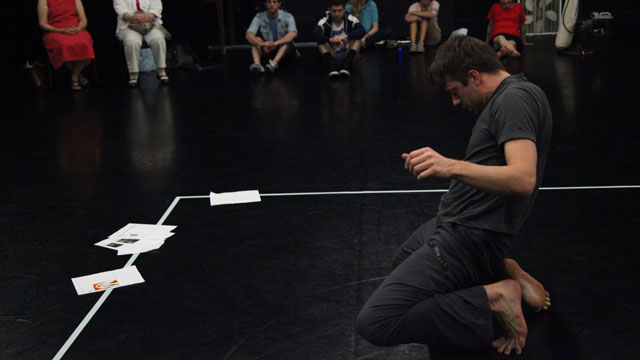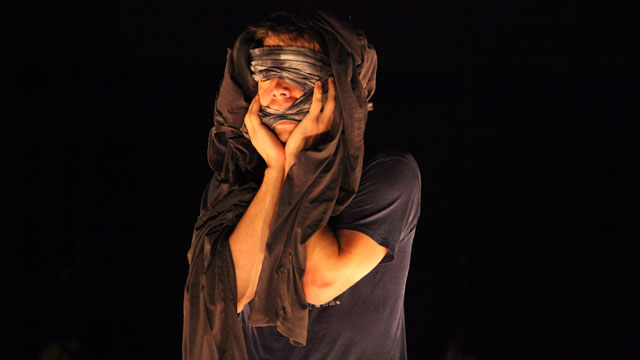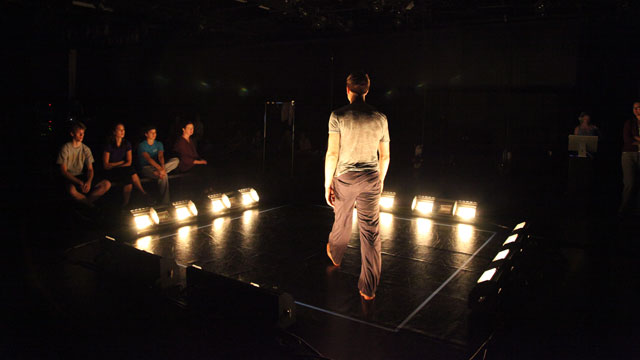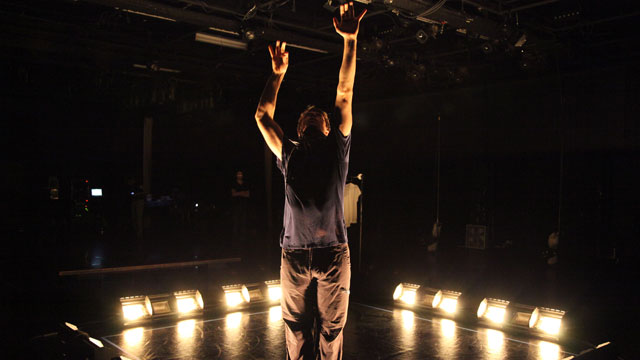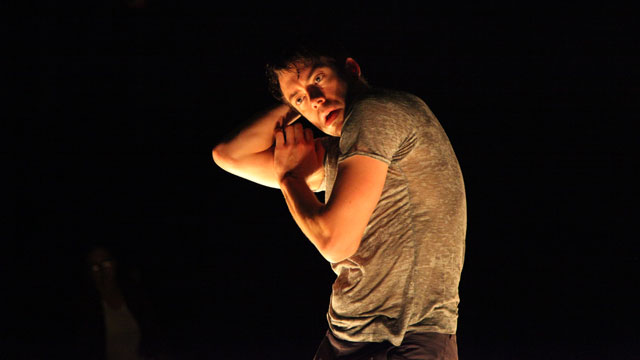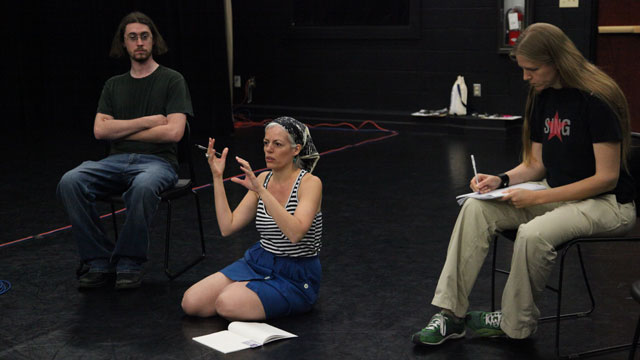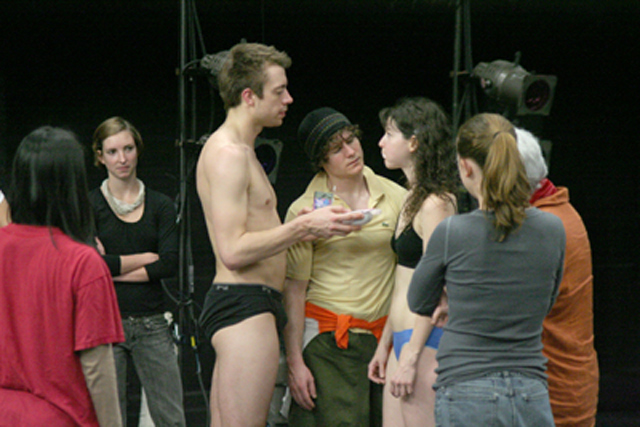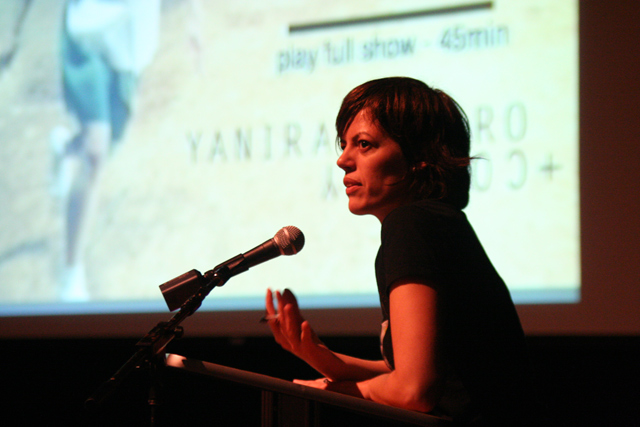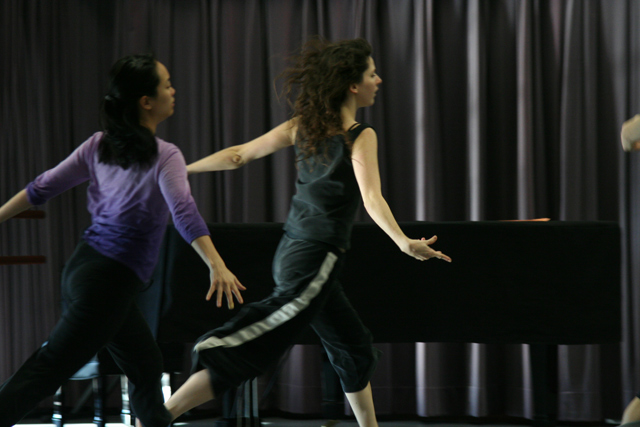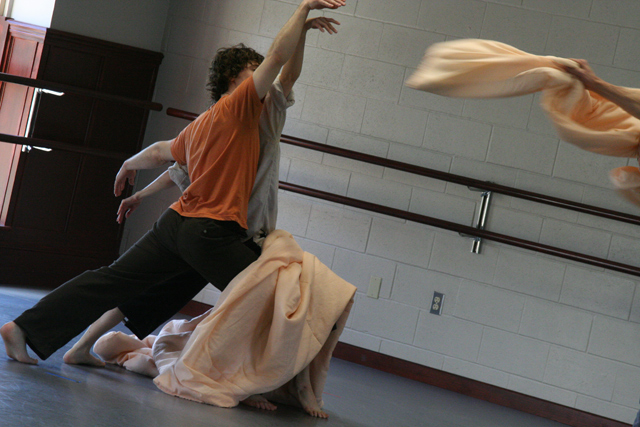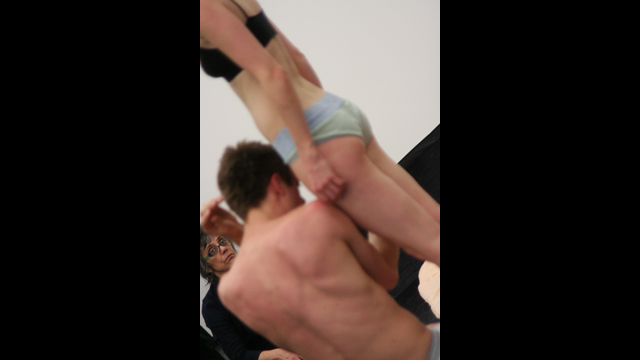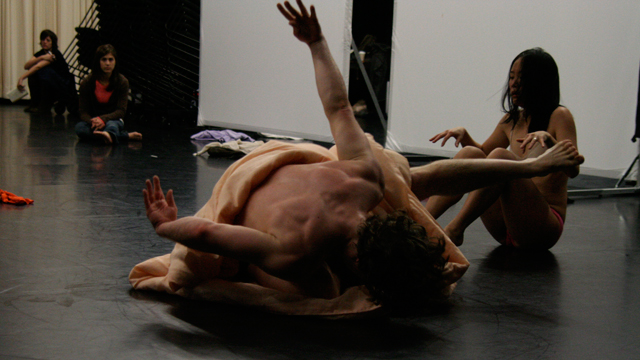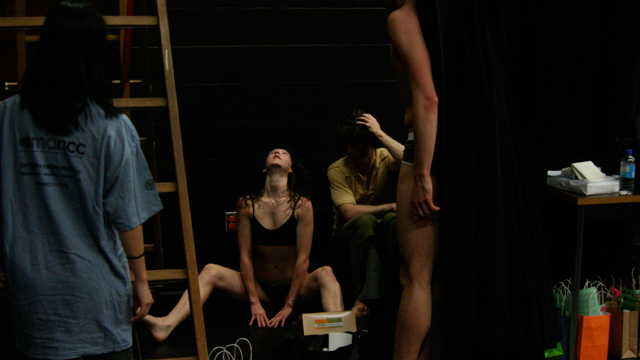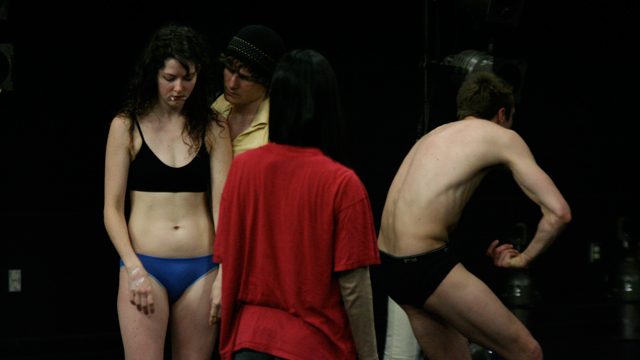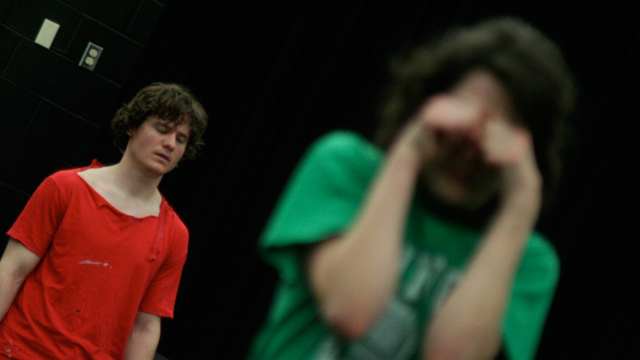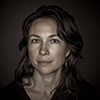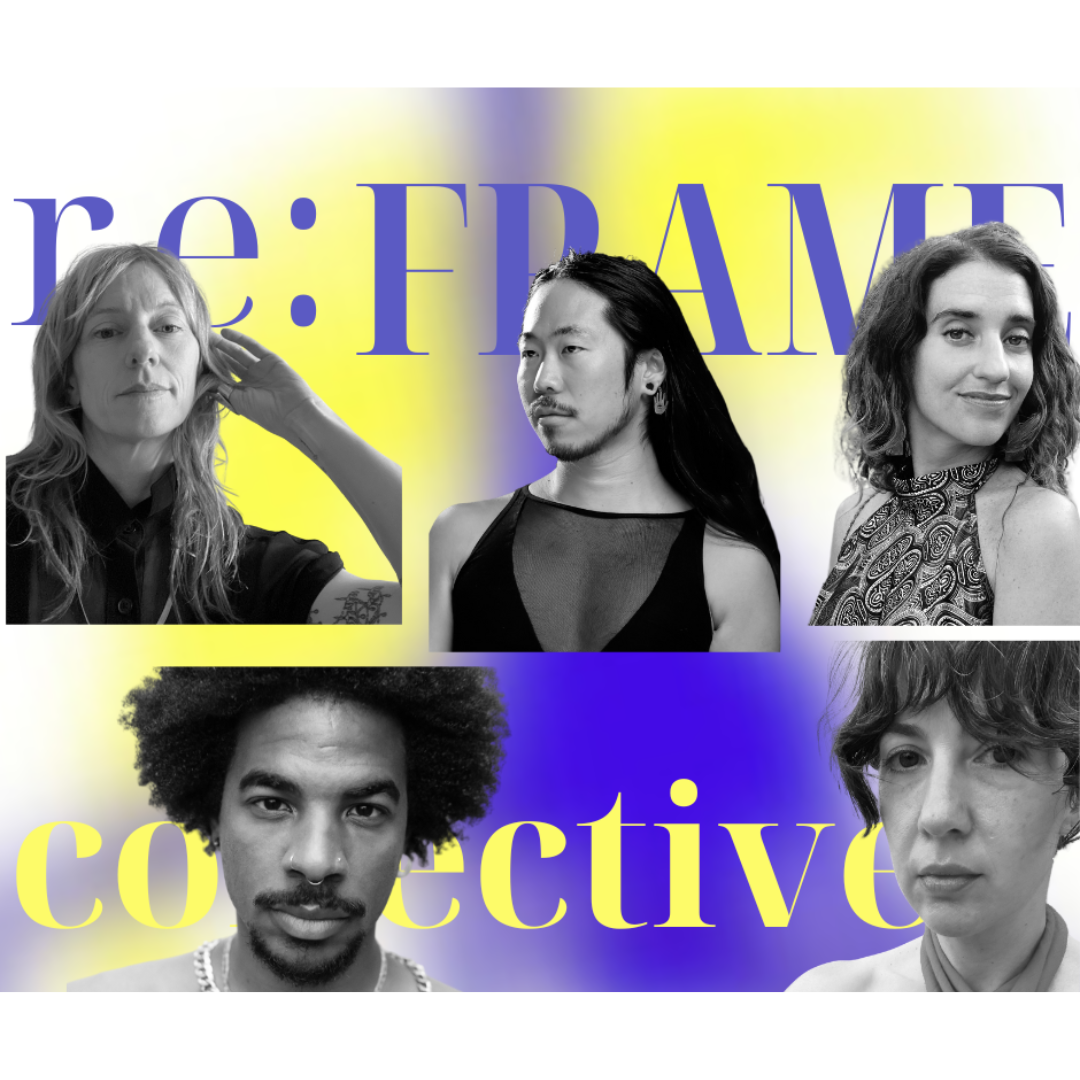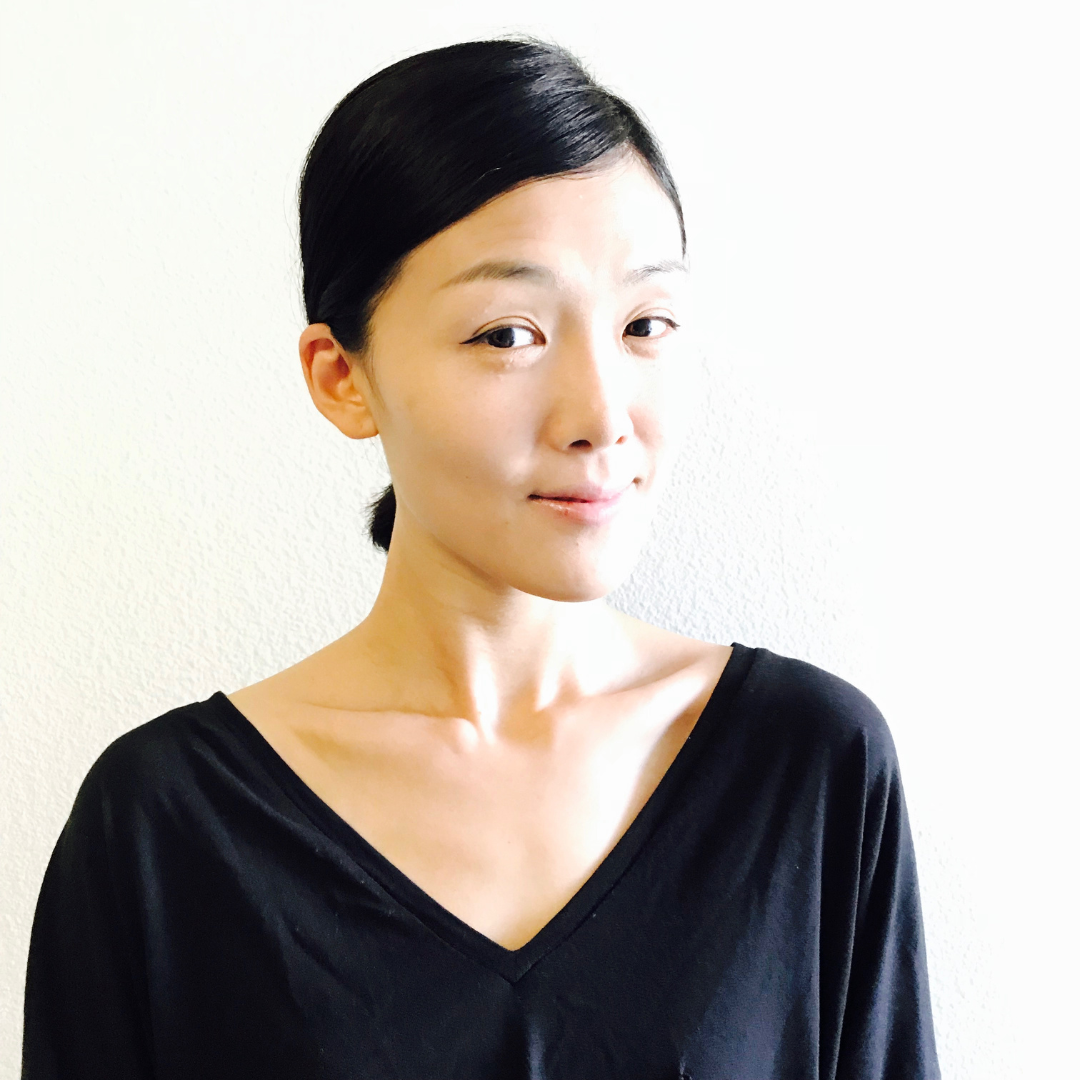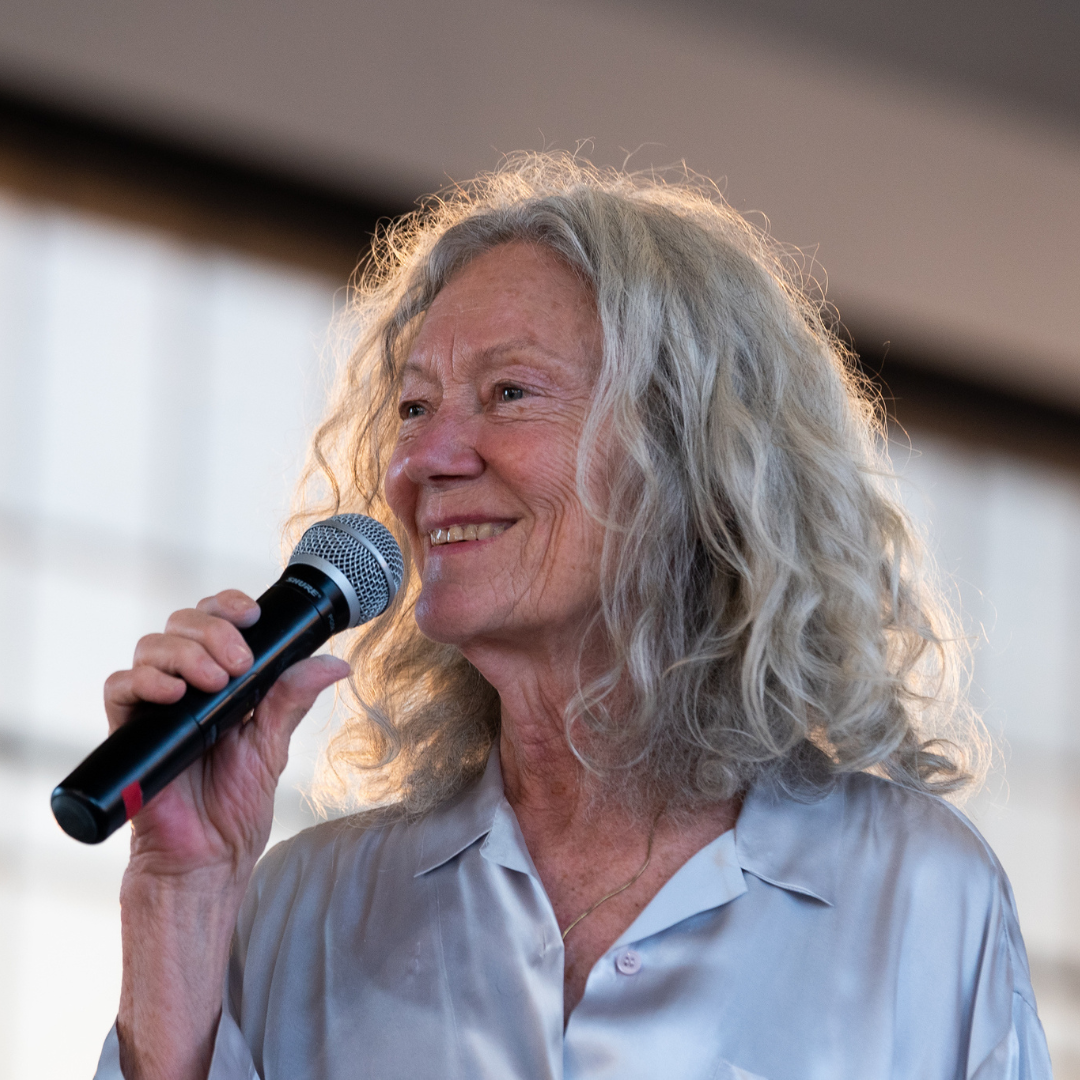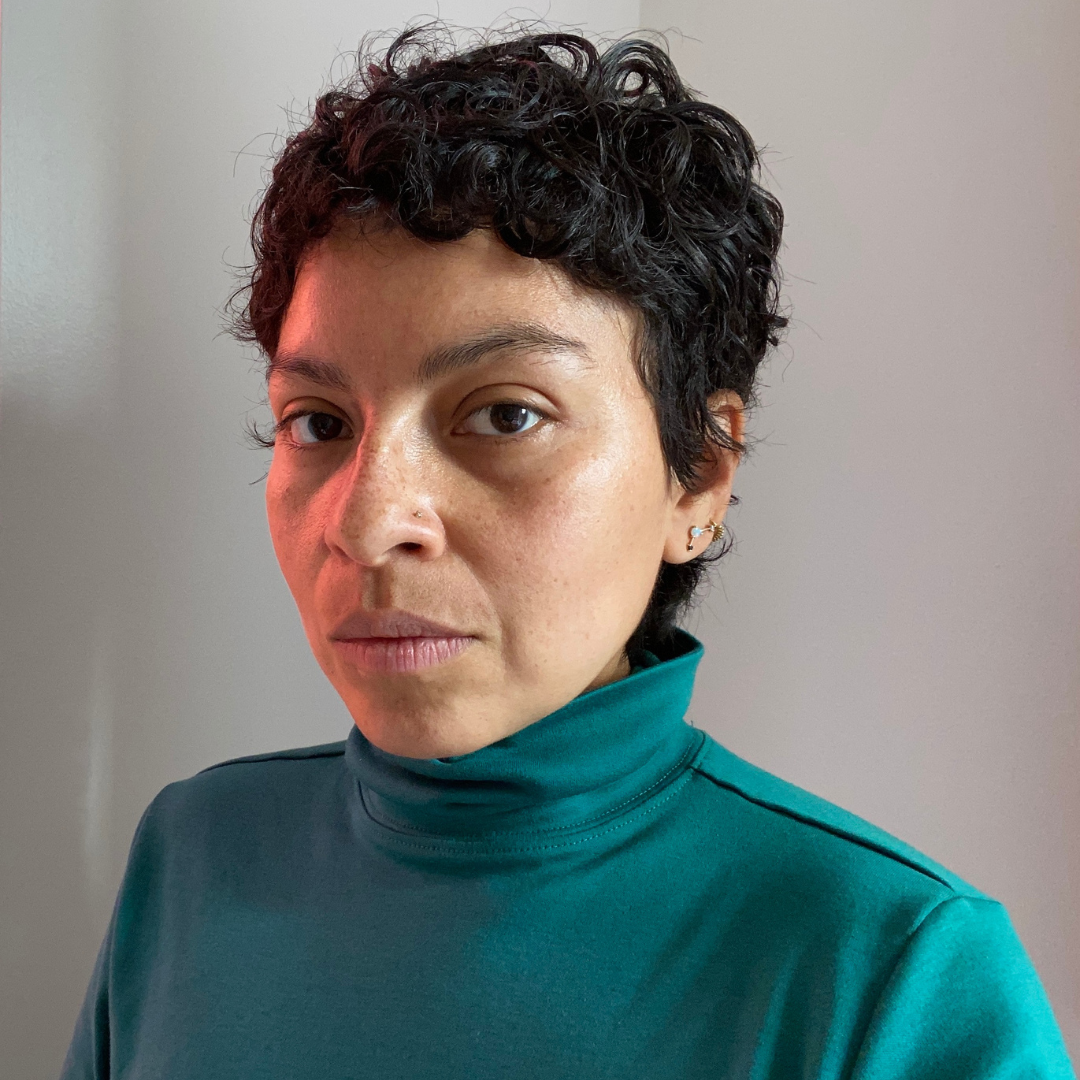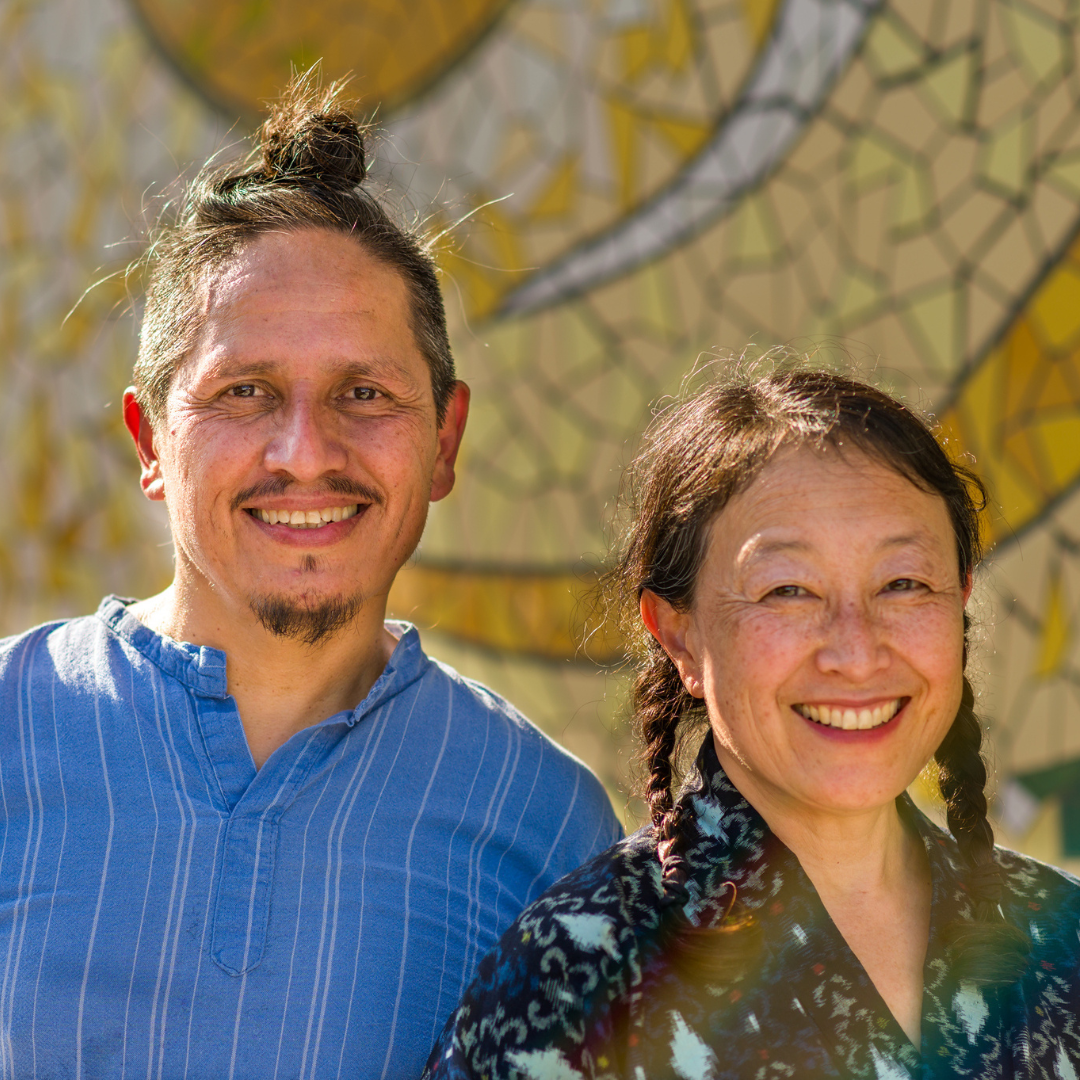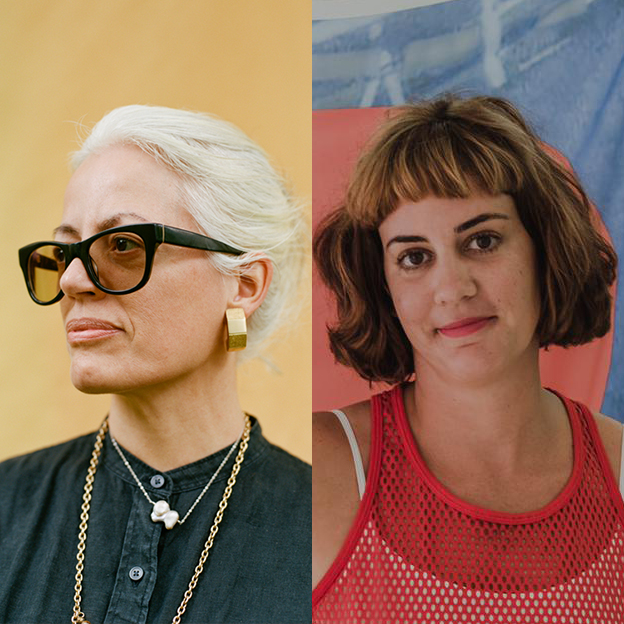Visiting Artist | 2021 - 2022
Archive Residency 2021-2022
Puerto-Rico/Brooklyn-based artist Yanira Castro is currently engaged in MANCC’s second archive residency (a pilot program begun in 2020-2021 with the first artist, Emily Johnson) and is joined by New York-based artist, archivist, and curator Cori Olinghouse, San Juan-based artist, scholar, writer/editor nibia pastrana santiago, Chicago-based Gibran Villalobos working at the Museum of Contemporary Art Chicago and the School of the Art Institute, and New York-based playwright and writer, Ana Candida Carneiro. Castro has been to MANCC five times since her first residency at MANCC in 2007 in support of Center of Sleep, with two further residencies in support of People to Come and Court/Garden each. Castro and her collaborators will be working with MANCC’s Media Specialist Chris Cameron to sort through the considerable materials collected over the five residencies, including video, photography, interviews, ephemera, and other documentation of her creative processes.
Castro and her collaborators enter this residency with a series of questions, about the nature of an archive in its degree of public availability, who tends to an archive and how can it become more civically cared for, how are archives cared for in institutions in contrast to private archives, what does the intentional destruction or decay of an archive mean, and how can methods of collecting and maintaining information be decolonized. Castro is working closely with her collaborators, both individually and collectively, to build this polyvocal, interdisciplinary research project around her materials.
Thus far, Castro and her collaborators have begun a line of inquiry around the speculative archive as an interactive time capsule. In her in-person meetings with Villalobos and Carneiro in spring 2022, Castro, with Carniero and Villalobos, have begun to form an analog method of engaging with the archive based on chance and refusal – roll the dice once and receive a randomized piece of text, video, image, or audio – and the viewer can have the choice to ignore the archival offering and re-roll, or continue to engage with the section of the work presented, offering a method of viewing the archive that allows for a personalization of the experience based on interest.
Another branch of this speculative archive seeks to expand the documentation already present at MANCC by adding cultural context around the work documented, with the intention of situating the work in the sociopolitical climate in which it was built, instead of as a disparate art event unconnected to the times. For example, during Castro’s development of Center of Sleep, during which time Castro came to MANCC for a February 2007 residency, the February 3rd Baghdad Market Bombing occurred, and the first iPhone hit store shelves in the same year.
In a future iteration of the archive’s development, Castro and her collaborators are looking to create a user-responsive design that allows a viewer of the archive to access this process virtually, and to submit contextual material that grounds Castro’s creative work relative to the viewer’s experience of the time in which it was created.
Next, Castro will meet with santiago in Puerto Rico this summer 2022 and Olinghouse in the United States in fall 2022 to continue to review, question and expand their relationship with the archive (here at MANCC and beyond) in exploration of this ongoing work.
This project description will be periodically updated with research and activities as Castro and her collaborators continue their investigative work.
This Archive Residency program is made possible with support from the Mellon Foundation.

